![]()
The Space Renaissance International 2nd World Congress took place on Skype, from September 30th until October 2nd, 2016, and it was a great event, with participants from all continents. During the three days, five thesis documents and a final resolution were discussed, amended and voted upon. The SRI Board was renewed, to represent the active and collaborative international team that is now leading SRI, and that signed important results. These include, the incorporation of the Space Renaissance USA chapter, in April 2016, the more than doubled SRI presence on social networks and the application to the MacArthur 100&CHANGE prize (link at the bottom of this page).
The SRI first World Congress was held five years ago, in 2011. Since then, many things have changed and finally the space frontier has initiated the opening process. Fully reusable rockets have had their first successful experimentation this year and the obsolete monopoly of expendable rockets is now finally broken. This is also a good time for assessing SRI’s capabilities to understand and foresee the social processes, since this is one of the conditions that justify the existence of an organization like ours. The result is the Final Resolution of our recent Congress that we agreed to. Below is a large excerpt from the resolution. The complete acta of the Congress will be available soon.
Fully reusable rockets are now a reality thanks to a collaboration between the NewSpace industry — Elon Musk’s SpaceX — and NASA. Space tourism is a growing and meaningful part of the Newspace segment, endowed with a high capability to develop on its own capital: Virgin Galactic, Blue Origin, Sierra Nevada, Skylon, XCOR, and many other space companies are working hard to initiate commercial flights. The paradigm change has finally arrived: reusable rockets reduce the cost of launching into Earth Orbit. So we were right, when we said that the NewSpace industry, in order to meet this unprecedented evolutionary challenge, needed, and still needs, the support of public money as well as a positive public opinion. If this awareness was more largely shared, maybe the history would have been different. However we are working restlessly for the space frontier to be opened in time.
The experience of SpaceX demonstrates that private industry, working with government agencies contracts, can in fact reach the goal of lowering the cost of the Earth-Orbit transportation by several magnitudes. As such, many other objectives can now be targeted, including a substantial industrialization of the geo-lunar region. Space tourism and other civilian space activities, such as orbital manned services, asteroid mining, advanced research settlement and space based solar power will all benefit from the reduction of the Earth-Orbit launch costs. That’s why our main commitment, during next four years, will be to work towards a general extension of such a method: a broad collaboration among the government agencies and the NewSpace private industry.
If most people continue thinking that the world is closed, it will remain so. Instead of this, if we are able to build on these recent achievements and extend these into a meaningful vanguard, then the space-enabled future can become a reality. The first essential step on such road is to accelerate the development and the marketing of technologies that enable low cost civilian passenger transportation into space.
We are not working for a revolution, but for a renaissance of civilization. A revolution is violent, while a renaissance is fundamentally joyous and peaceful. The true conflict nowadays is between those who aspire to growth and change (the Renaissance), and those who want de-growth, de-industrialization, cultural involution, which will eventually lead to the implosion of civilization. The global crisis of the closed world has worsened, but the renaissance is going ahead and aiming to reach space. We do not fear robots: humans do it better, are more efficient and more cost effective in the space environment.
The next 10 or 15 years will see the technical and social opportunities brought about by the renaissance of the last 500 years to balance the threats, the conflicts, the huge risk of a World War III, that could be the last global war that humanity wages, since the next wars will be fought with sticks. A peaceful expansion of civilization into outer space via a peaceful development of civilian space activities, will be the core of our celebration of the 1967 Outer Space Treaty which will have its 50th anniversary in 2017. We will bring our proposals of principles for a space law, which development is urgent, to the United Nations in order to provide democratic rules for commercial and industrial activities to be conducted by private entities in outer space.
SRI will develop a narrative of our near future, of our possible present civilian life in space, requiring artists to represent what cannot yet be photographed because it doesn’t exist, yet. Elon Musk announced his Interplanetary Transport System, to carry passengers to Mars for a relatively modest ticket price in few years. Jeff Bezos announced his plan to start migrating heavy industries into outer space, making of Earth a beautiful garden. Jeff Greason is working to develop manned activities in Earth orbit. All of these great space programs are not very well known by the general public. They are not yet part of educational programs in schools and colleges. SRI wants to raise such awareness and push the urgent narrative in throughout society.
SRI entered its 2.0 phase, going over the mere “propaganda”, toward a concrete engagement in the social reality. We will be open and collaborative in order to be able to listen to all of the voices which can be available to work for the renaissance. We shall reach out to many renaissance persons, creative minds which can contribute to the renaissance, if given the proper tools and channels.
During next four years, towards 2020, we shall bring the awareness of the extreme urgency to open the space frontier to civilian and industrial activities to the broad general public. We will support the quick development of low cost launch vehicles, promote public support for the NewSpace industry, promote a space industrial political platform, promote space based solar power, contribute to space law and promote a “presentist” vision and narrative of our immediate future life in space. We begin by lobbying governments, space agencies and international institutions. We will try to create collaborations with all the renaissance initiatives, which are not limited to the Space Renaissance’s ones. In order to realize such an ambitious program, SRI will initiate a major world-wide program:
The Space Renaissance Tour
We want to bring the space renaissance message to all five continents in the next 2 to 3 years. This will be achieved with public conferences having their focus on few key themes, namely: accelerating the development of low cost Earth-Orbit passenger and cargo transport vehicles, promoting civilian space development as an alternative to conflicts and the risk of a World War III; celebrating the 50th anniversary of the 1967 Outer Space Treaty and to reaffirm the Human Right to Development as stated by United Nations in 1986. To lead such a grand tour which we will call the true renaissance vanguard of our time: we salute all of the NewSpace industries making the Space Renaissance happen!
Now, to realize all of the above we must rely upon the help of all the renaissance persons in the world. By registering as a member of SRI, you will help us by creating a seed fund, by which we can hire proper services and build up our very ambitious but urgently needed program. We need your financial contribution as well as your ideas and your projects, but mostly we need your activist volunteer commitment.
please join us, join the renaissance,
JOIN THE SPACE RENAISSANCE INTERNATIONAL!
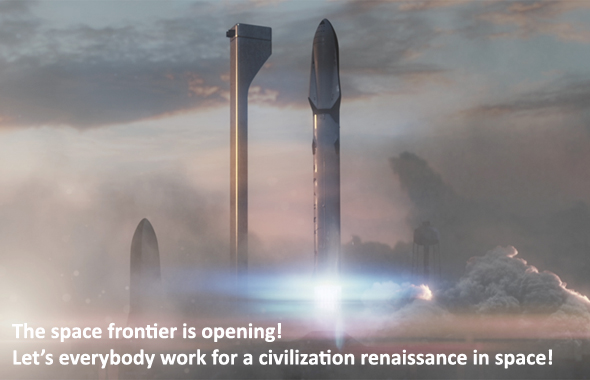
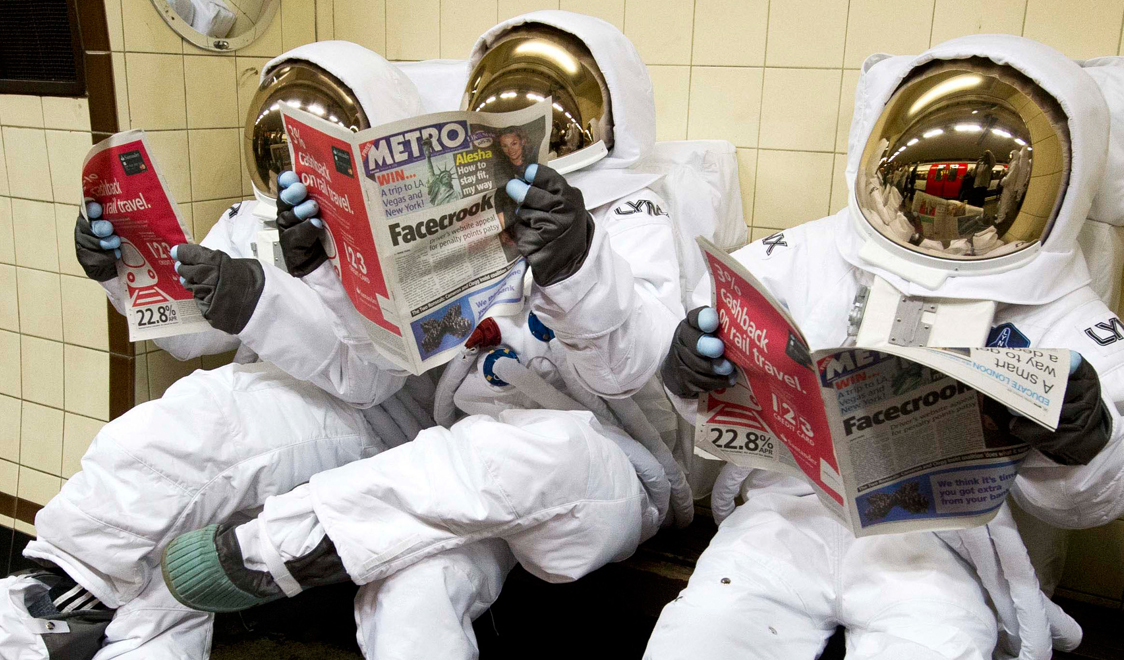


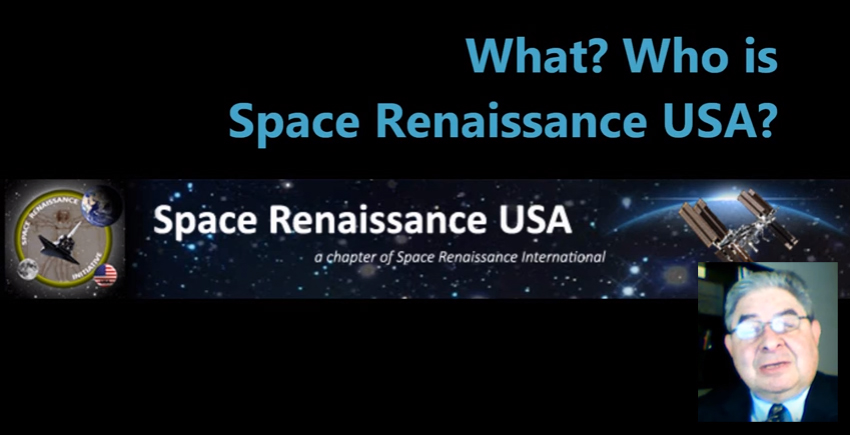


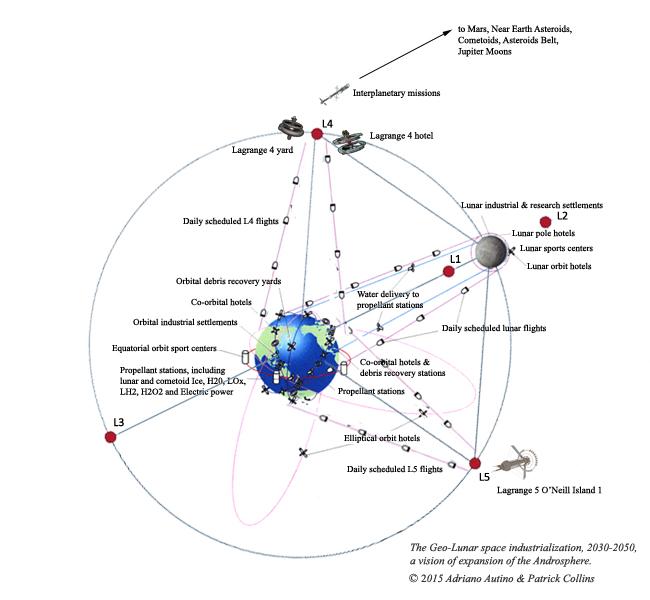


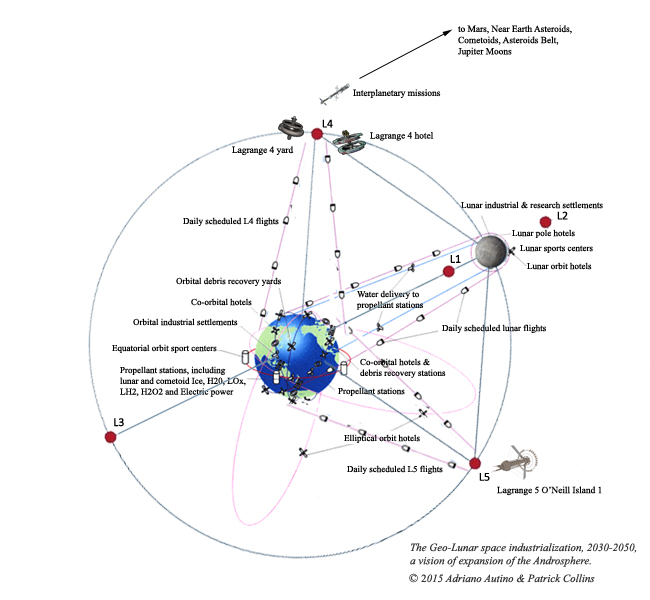
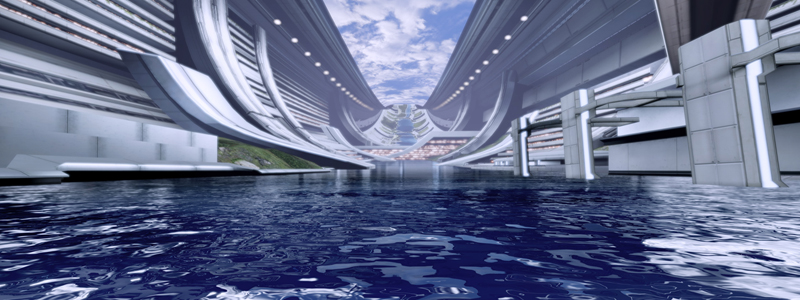
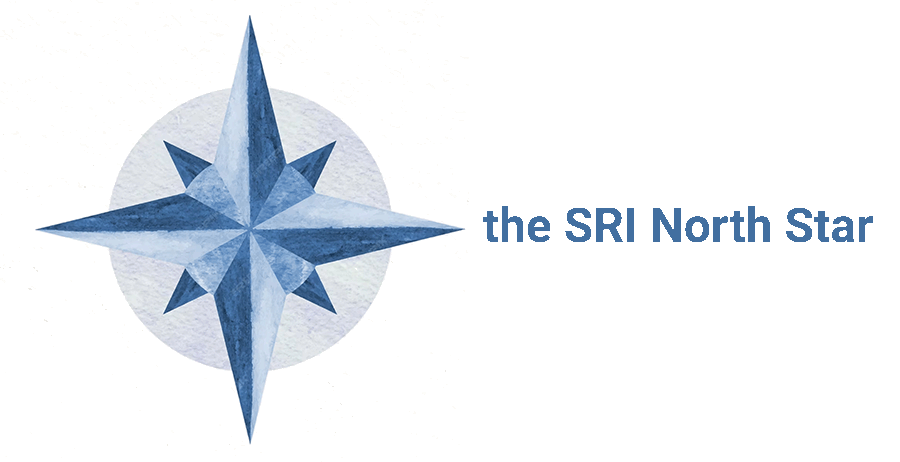

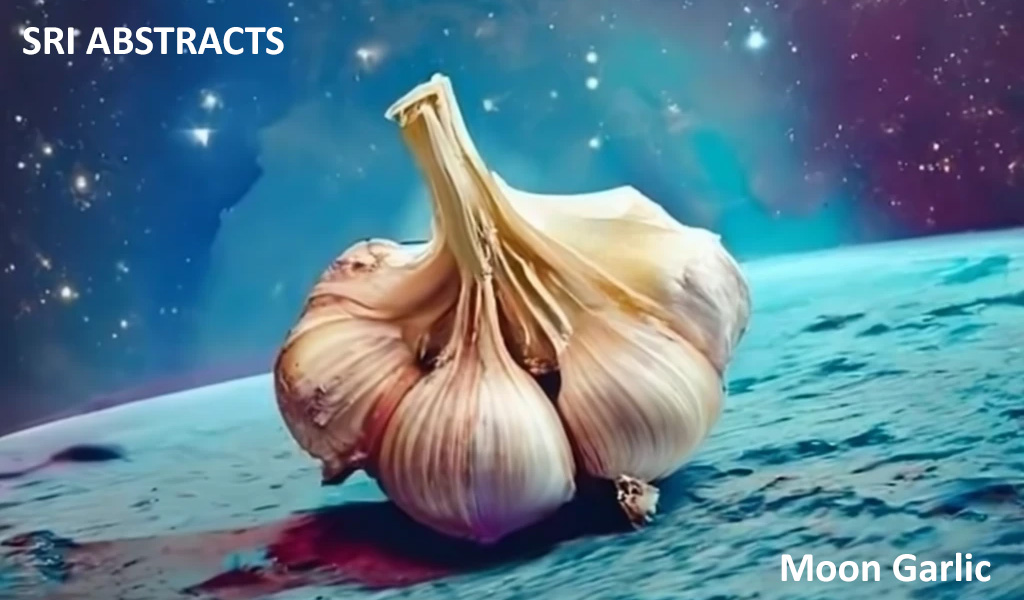



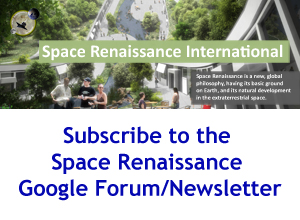
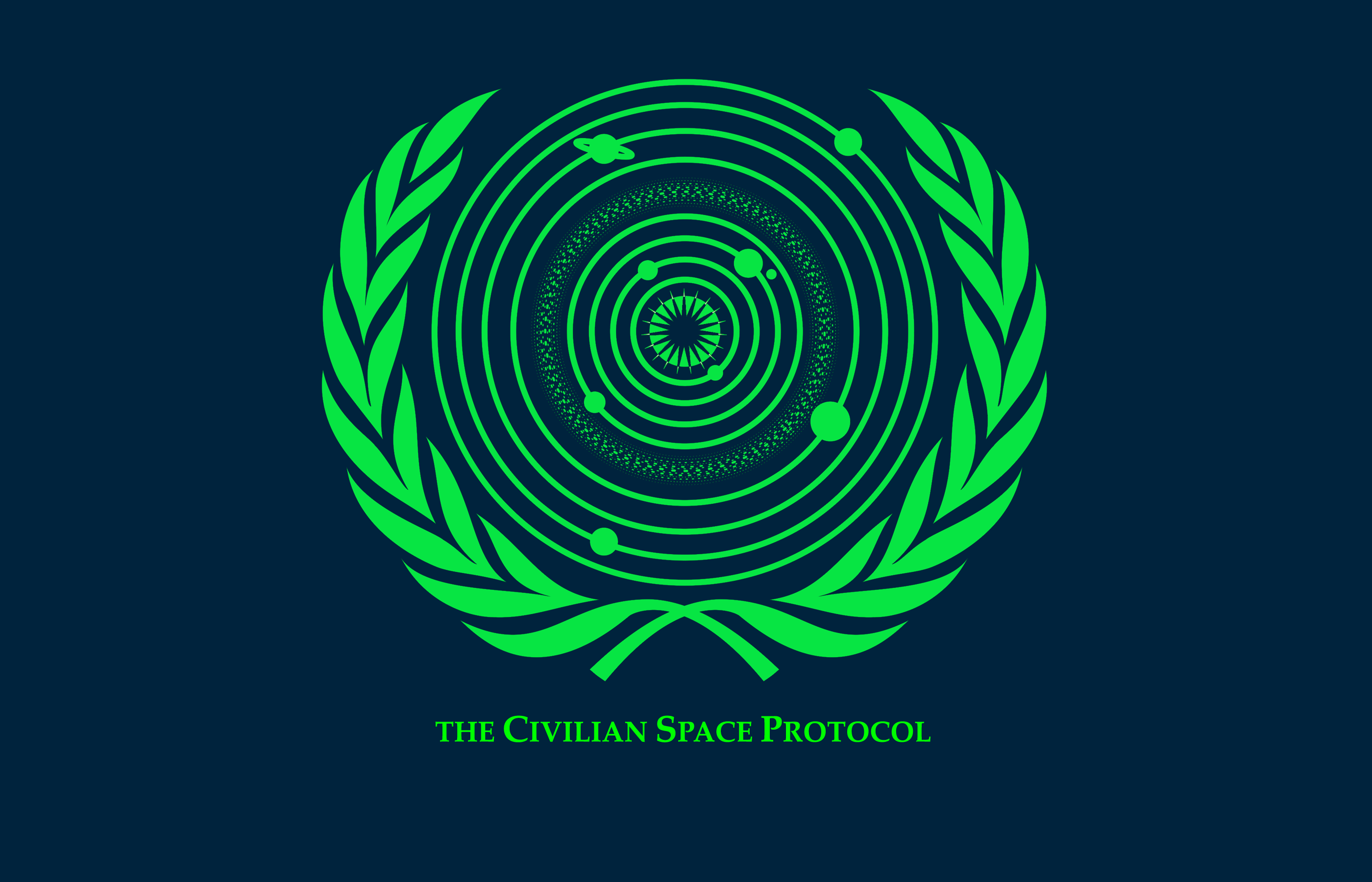
 Space Renaissance France (French Chapter of SRI)
Space Renaissance France (French Chapter of SRI)  Space Renaissance USA, Inc. (USA Chapter of SRI)
Space Renaissance USA, Inc. (USA Chapter of SRI) Space Renaissance (Italian Chapter of SRI)
Space Renaissance (Italian Chapter of SRI) Space Renaissance Academy
Space Renaissance Academy Space Renaissance Initiative Group
Space Renaissance Initiative Group